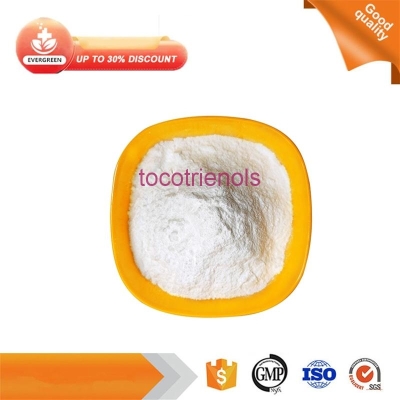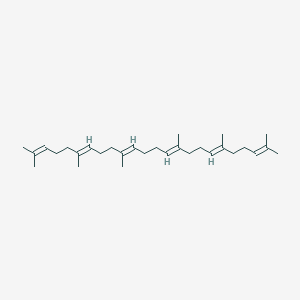Accurate capture of "sugar chains" can help reveal the mechanisms of virus infection
-
Last Update: 2021-02-18
-
Source: Internet
-
Author: User
Search more information of high quality chemicals, good prices and reliable suppliers, visit
www.echemi.com
recently learned from the Dalian Institute of Chemical Physics of the Chinese Academy of Sciences, the institute's researchers proposed a new dynamic co-priced chemical method based on Schiff alkali hydrolysalization, to achieve the precise capture of salivary acid sugar chain, which for the follow-up to reveal the mechanism of virus infection, the discovery of new disease biomarkers and drug targets, as well as the development of antiviral drugs or vaccines to lay the foundation. The results are published in the Journal of the American Chemical Technology Association.Abnormal expression of salivary sugar chain is a sign of malignant tumor occurrence and development. Saliva acid is usually located at the outermost end of the sugar chain, this special location and its widely distributed characteristics, so that salivary acid sugar chain in viral infection, immune response and cancer occurrence, development and other processes play a vital role.Sugar chains are widely distributed on the surface of cell membranes, as if a layer of "sugar" were covered on the surface of cells, involving and regulating a range of biological processes, including cell signaling and cell proliferation. Since abnormal expression of salivary glycosin chain is a hallmark of many malignant tumors, more than 20 glycoproteins have been approved as clinical cancer markers, most of which are salivary acidified glycoproteins. At the same time, salivary acid sugar chain in human immune response to the virus and infection also plays an important role, such as avian influenza virus needs to identify the human upper respiratory tract cell surface specific salivary acid sugar chain to achieve infection;However, the identification and analysis of salivary acid sugar chain is extremely complex, and a new and efficient material science system is urgently needed to overcome the problem of salivary glycositide abunding and separation in complex biological samples and promote the all-round development of glycoproteinology. Based on the method of dynamic co-price chemistry, the team of Dalian Chemical Institute of the Chinese Academy of Sciences not only accurately captured the salivary acid sugar chain, but also provided biochemists with a new strategy to accurately capture the sugar chain information closely related to the occurrence of cancer and immune diseases.
(Science and Technology
)
This article is an English version of an article which is originally in the Chinese language on echemi.com and is provided for information purposes only.
This website makes no representation or warranty of any kind, either expressed or implied, as to the accuracy, completeness ownership or reliability of
the article or any translations thereof. If you have any concerns or complaints relating to the article, please send an email, providing a detailed
description of the concern or complaint, to
service@echemi.com. A staff member will contact you within 5 working days. Once verified, infringing content
will be removed immediately.







